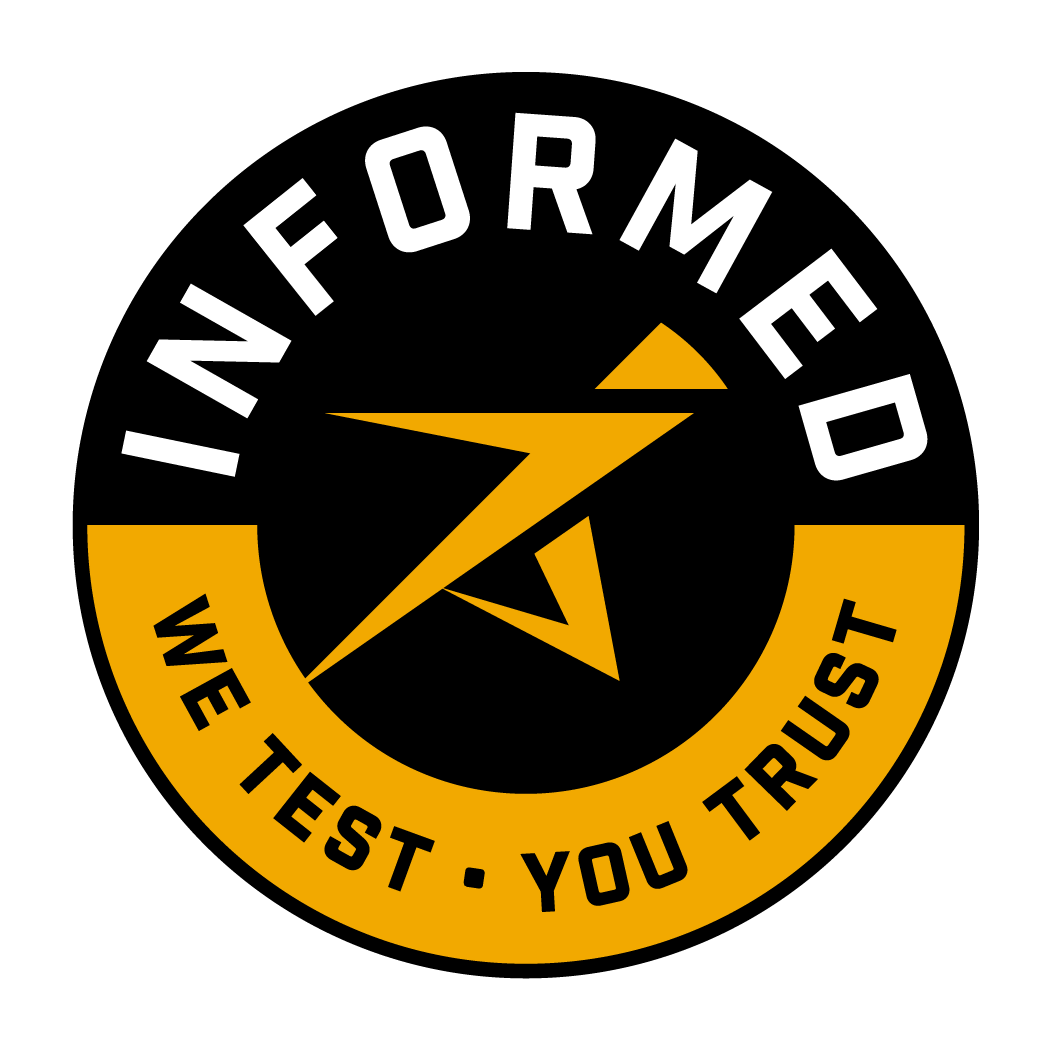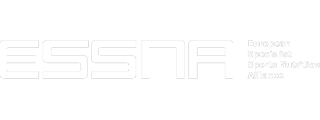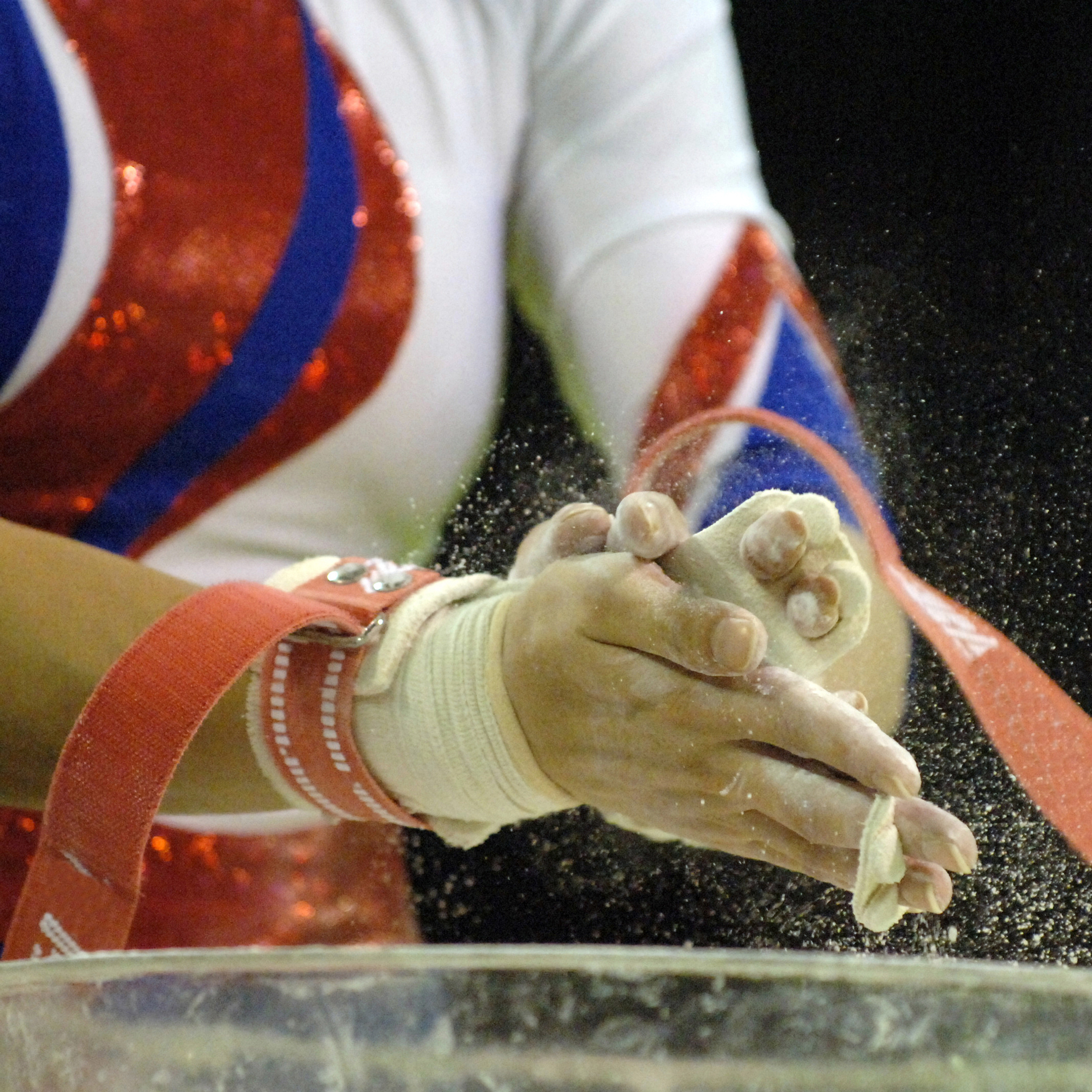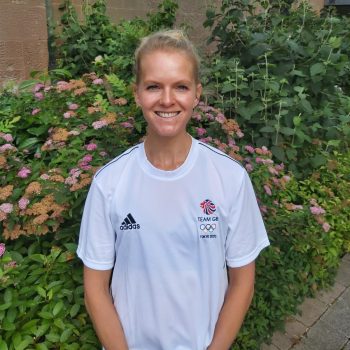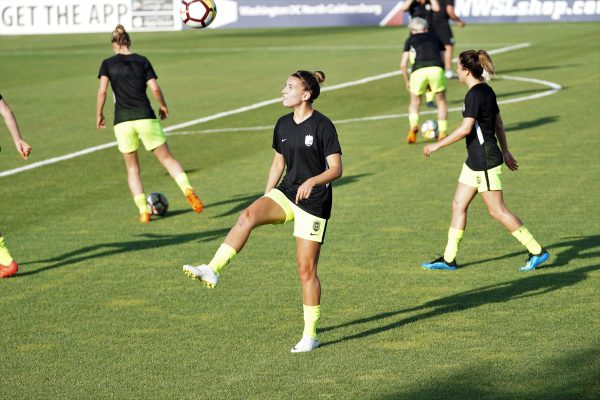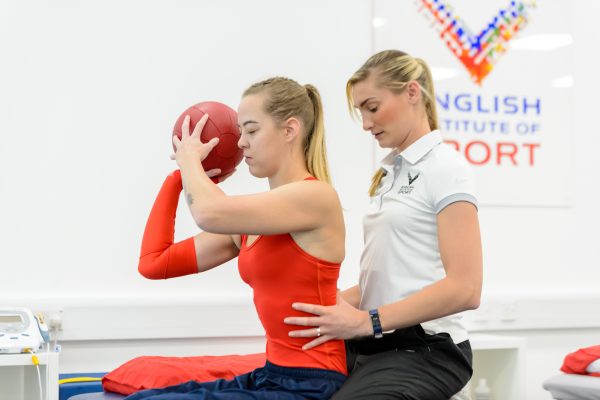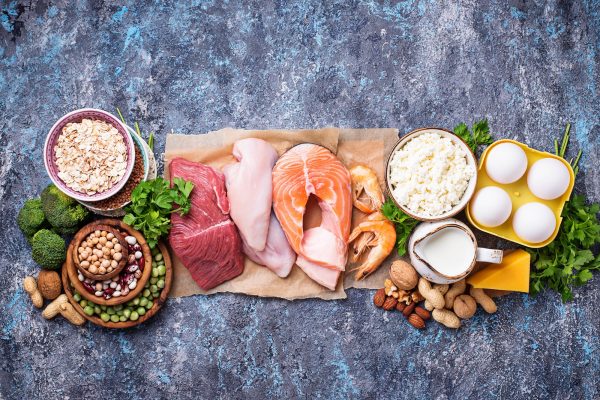This International Women’s Day, we have teamed up with the EIS Nutrition Team to bust some myths around female nutrition in performance sport. By sharing this information, we hope that female athletes will feel more informed and empowered to make healthy nutrition decisions and know when to ask an expert for more support.
Senior Performance Nutritionist at the EIS Mhairi Keil, who works with British Gymnastics and GB Snowsport, talked us through the below myths, which include useful information for both male and female athletes, as well as the exercising general public.
Myth 1 – Female athletes need to eat differently, depending on the phase of their menstrual cycle
Fundamentally, female athletes do not need to eat differently depending on the phase of their menstrual cycle. There will be nuances, in terms of substrate utilisation and energy metabolism throughout the cycle, but probably not to a sufficient enough degree to change the diet on a day-to-day basis. The biggest impact will be how females feel at certain stages of their cycle, so at times females will feel like they have got lots of energy, like their training is going really well, and there will be times when it feels really hard and like they are very low in energy. There are a number of factors, whether it is disruption to sleep, a direct impact on the hormones, or pre-menstrual symptoms such as pain, low mood or high emotions. So there are different reasons for feeling that way, but fundamentally, if you’re feeling low in energy, it’s important to have some additional fuel to help fuel training.
Myth 2 – There are no differences in micronutrient deficiency risks between male and female athletes
There are differences and the major one is iron. Iron is incorporated into the red blood cells and is involved, amongst other things, in the transportation of oxygen around the body. Females lose blood in the menstrual cycle, and that will happen with most people on a monthly basis. So for females, iron loss is much greater than with males and as a result, females need to account for this by incorporating more iron rich foods on a daily basis throughout the month. Some females will have heavier bleeds than others and therefore have greater losses and greater risks of iron deficiency and anaemia, so it is important to focus on the foods and get bloods checked to make sure there is not a deficiency.
Myth 3 – It is normal for females to have irregular menstrual cycles and this has no long term consequences
It is not normal to have an irregular menstrual cycle, but people can miss a menstrual cycle depending on training or any additional stress they might be under in their life. What is important is to look at what is regular for the individual and ensure that there is not a period of more than three consecutive months without a cycle. If this occurs, it is important to flag this to find out why it is happening. Often a drop off or loss of a menstrual cycle is a direct result of low energy availability, which can happen for a number of reasons, whether it is inadvertent and a change in training frequency and not matching that with energy consumption, or just trying to change body composition, or weight. When a menstrual cycle is missed, it is normally a sign that energy consumption is not sufficient to allow this physiological function to happen and it is important to look at how to maximise nutrition to provide sufficient energy to sustain a regular menstrual cycle.
Myth 4 – Eating late at night is bad for you
Eating late at night is not bad for you. It is important that we all obtain our correct energy and nutrient requirements throughout the day, and if this occurs later in the evening for some people, due to the fact that their training might be later in the day, or they might finish work later, it is still important to get good quality, nutritious foods to help us recover and replenish.
Myth 5 – The more protein you eat, the better
Protein eaten in excess of our daily requirements simply has to be converted into a different energy source, such as glucose or triglycerides, so there is no benefit to eating additional protein. What is important is to eat the right amount of protein at regular intervals throughout the day, to optimise our muscle repair and adaptive processes. So aiming to eat 0.3g-0.4g per kilogrammes of body mass, every three to four hours. For example, for a 65kg athlete, this would be in the realms of 20-26g of protein. This is relatively easy to eat in an evening meal if you eat meat or foods such a tofu or tempeh, but it can be more tricky at breakfast times and snack times and might need to be planned. Eating large amounts of protein in one meal is not sufficient and does really need to be spread out into regular protein feedings throughout the day.
Myth 6 – Avoiding fluids will help me to avoid leaks
Avoiding fluids does not necessarily mean you will avoid leaks, many female athletes will leak during training due to issues with pelvic floor muscles and this is something that does need to be addressed through the correct training of these muscles, rather than avoiding fluids. Simply avoiding fluids will make urine more concentrated which will make it more of an irritant to the bladder and can cause more desire to go to the toilet and more leakages. Definitely do not avoid fluids with the aim of avoiding a leak in training.

